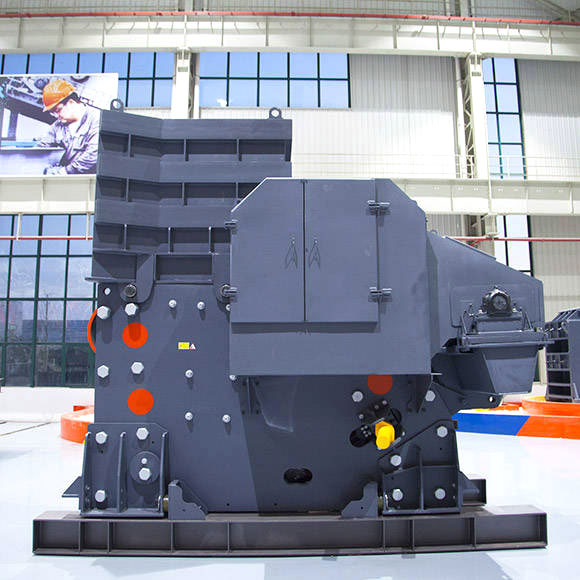Jaw Crushers: A Comprehensive Overview
Jaw crushers are primary crushers commonly used in mining, construction, and aggregate industries.Their large physical size feed opening enable them to receive a larger feed size than most other types of crushers. Rugged construction, simplicity of design and the ability to crush most types of material, including hard abrasive stone, make them ideally suited for use as the primary crusher within a crushing circuit.
Working Principle
The jaw crusher operates on a simple yet effective mechanism known as the “crushing by compression” principle. It consists of two main parts: the fixed jaw and the movable jaw. The fixed jaw is mounted in a V-shaped alignment, while the movable jaw exerts force on the material by compressing it against the fixed jaw. This process crushes the material, allowing it to break down into smaller pieces. The crushed material then exits the crusher through the bottom opening, known as the discharge gap.

The crushing action of a jaw crusher is cyclical, with the movable jaw moving back and forth against the fixed jaw. This repetitive motion not only crushes the material but also ensures that it is broken down to the desired size before being discharged. The size of the discharge gap can be adjusted to control the output size of the material, providing flexibility depending on the specific requirements of the project.
Key Features and Benefits
Durability: Jaw crushers are constructed from high-quality materials, such as manganese steel, ensuring longevity even under harsh working conditions. The robust design allows them to withstand heavy impacts and wear.
Efficiency: Jaw crushers offer high throughput rates, meaning they can process a large amount of material in a relatively short time. This efficiency is crucial in mining and aggregate production, where time and cost savings are essential.
Versatility: These crushers are versatile and can be used for a variety of materials, including hard rocks, ores, and even recycling materials like concrete. Their adjustable discharge gap allows them to produce different output sizes, catering to diverse project needs.
Low Maintenance: Jaw crushers are designed with fewer moving parts, making them easier to maintain and repair. Routine maintenance typically involves checking and replacing wear parts, ensuring the crusher operates smoothly over time.
Safety: Modern jaw crushers are equipped with safety features, such as hydraulic release mechanisms, that prevent the machine from overloading and reduce the risk of accidents. These features are particularly important in mining environments where safety is a top priority.
Applications
Jaw crushers are widely used in various industries, including mining, quarrying, construction, and demolition recycling. In mining, they are used for primary crushing of hard rock, reducing ore to a manageable size before further processing. In the construction industry, they are used to crush concrete, asphalt, and other materials for recycling purposes. Quarry operations rely on jaw crushers to produce aggregate for road construction and building projects.

